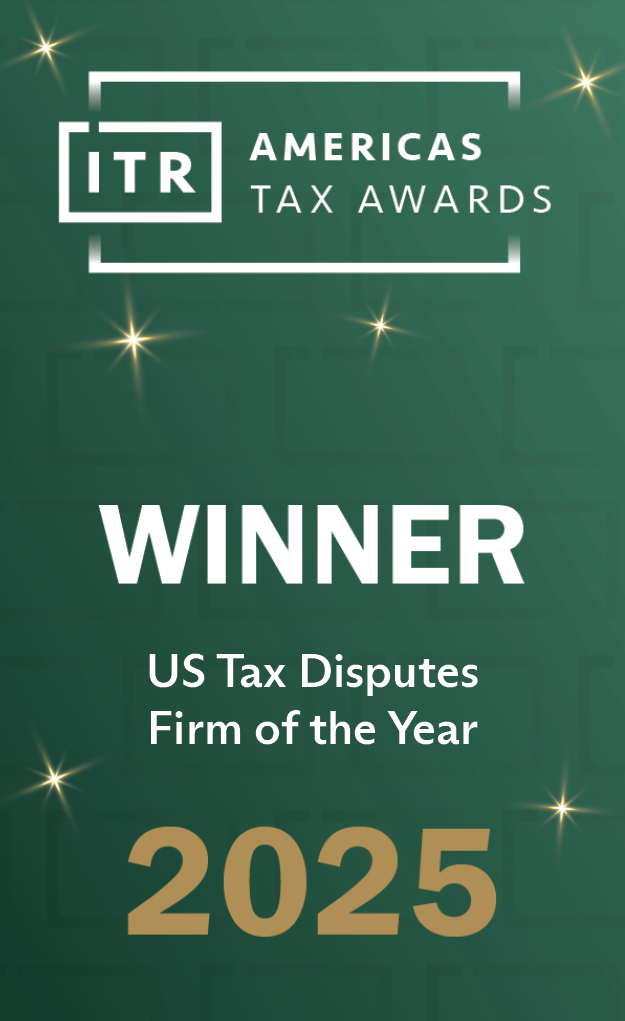On May 26, 2020, the Internal Revenue Service (IRS) issued PMTA 2020-08 to provide guidance on the period of limitations for Internal Revenue Code (IRC) section 965, transition tax-related adjustments of partnerships. Typically, pursuant to IRC section 6501, the IRS has three years to assess a tax liability for a tax year. However, IRC section 6501(e)(1)(C) states that if the taxpayer omits from gross income an amount properly includible in income under IRC section 951(a), the tax may be assessed at any time within six years after the return was filed. Moreover, this special six-year limitation on assessment applies to the entire tax liability reportable on that return. Because special assessment and adjustment rules apply to partnerships, the IRS issued guidance on how the rules are applicable to certain partnerships and partners with section 965-related items.
For a deferred foreign income corporation’s (DFIC) last taxable year beginning before January 1, 2018, IRC section 965 imposes a one-time tax on a US shareholder’s pro rata share of the DFIC’s earnings and profits (E&P) otherwise deferred from US taxation. The IRS describes three steps for the calculation under IRC section 965: (1) IRC section 965(a) deems the DFIC to repatriate its untaxed E&P through a subpart F inclusion in the US shareholder’s gross income equal to the greater of its E&P as of two measurement dates in 2017; (2) IRC section 965(b) reduces the IRC section 965(a) inclusion by the E&P deficits of the US shareholder’s other foreign corporations; and (3) IRC section 965(c) provides for a deduction (based on the aggregate IRC section 965(a) inclusion amount and on cash positions) that has the effect of reducing the effective rate of US tax on the US shareholder’s IRC section 965(a) inclusion.
With respect to partnerships, in the guidance the IRS indicated that it can make three broad categories of adjustments that affect the computation of IRC section 965 amounts. Revisions could be made to the tax attributes and financial data underlying the computation of the IRC section 965(a) inclusion, the IRC section 965(c) deduction and foreign tax amounts. Such adjustments could affect the IRC section 965(a) inclusion amount and IRC section 965(c) deduction amount reportable by the partnership and affect the IRC section 965(a) inclusion and the IRC section 965(c) deduction reported by the partners. Accordingly, the IRS outlined how to apply the assessment and adjustment period rules apply when there are partners with IRC section 965-related items arising from partnerships subject to different procedures and audit regimes.
Under the Tax Equity and Fiscal Responsibility Act of 1982 (TEFRA), the IRS indicated it can make adjustments at any time provided the period for assessing tax attributable to the adjustments is open. The IRC section 965(a) inclusion amount and the IRC section 965(c) deduction amount reported by the partnership may be adjusted for the required reporting year if either: (1) the partner’s IRC section 6501 period of limitations on assessing tax attributable to adjustments to partnership items has not expired due to IRC section 6229(a) (which establishes a minimum three-year period on assessment of partnership items and affected items); or (2) the partner reported an item that would be affected by those adjustments in a year in which the partner’s period of limitations on assessment of those items is open. Based on the foregoing, assessments of tax-related to adjustments to the partnership items of a TEFRA partnership may be made:
- For all partners and all partnership items, within three years from the date the partnership return is filed (or the due date, if later).
- For a specific partner who has a net tax liability described in IRC section 965(h)(6), within six years from the date the partner’s return was filed (or due date, if later) for assessing the IRC section 965 net tax liability.
A different set of rules applies to partnerships subject to the Bipartisan Budget Act of 2015 (BBA). The general rule under the BBA regime is that no adjustment for any partnership taxable year may be made after the date which is three years after the latest of: (1) the date on which the partnership return was filed; (2) the return due date; or (3) the date on which the partnership filed an administrative adjustment request with respect to such year. IRC section 6235(c)(2) provides an exception, and gives the IRS six years to adjust any partnership-related item of the partnership for a taxable year if the partnership excludes an amount that is properly includable under section 951(a) (e.g., the IRC section 965(a) inclusion amount). Because the IRC section 965(c) deduction amount is not gross income, the IRS would have three years to make adjustments to the partnership. Because foreign tax amounts are currently not items required to be reported by a partnership, it is not governed by the BBA or otherwise subject to the extension covering excluded IRC section 951(a) amounts. Based on the foregoing, adjustments to the partnership-related items of a BBA partnership may be made:
- For all partnership-related items, within three years of the date the partnership return is filed (or due date, if later) or the date an administrative adjustment request is filed.
- Within six years if any item of gross income required to be included under section 951(a) (which includes the section 965(a) inclusion amount) was omitted by the partnership.
For partnerships not subject to the BBA or TEFRA, the partner’s statute of limitations under IRC sections 965(k) and 6501 will apply. Assessments of tax may be made:
- Within three years from the date the partner’s return was filed (or the due date if later) for all items on the partnership return.
- Within six years for the net tax liability described in IRC section 965(h)(6).
Practice Points: Statutes of limitations relating to TEFRA partnerships spawned substantial litigation over the last two decades. With the current BBA regime, it is important to learn lessons from the TEFRA litigation to ensure that history does not repeat itself. It is always important for taxpayers with interests in partnerships to understand these rules, which are complex and highly factual.







